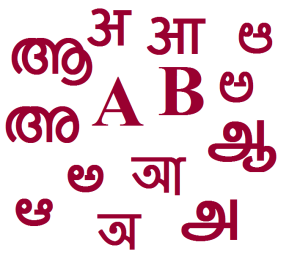India is one of the most linguistically-diverse countries in the world. However, with the passage of time, a lot of languages have lost their prevalence in our society.

A language that is at a risk of falling out of use, usually because it has few surviving speakers, is called an endangered language. If it loses all its native speakers, it is said to be extinct. According to UNESCO, there are four levels of endangerment in languages:
1. Vulnerable: when it is restricted to certain domains, e.g home
2. Definitely endangered: when children no longer learn the language as their mother tongue
3. Severely endangered: when the language is spoken by the older generations but not the children
4. Critically endangered: when the language is spoken by just the older generations and that too partially or infrequently.
Aimol, Koraga, Pangvali are a some critically endangered languages; Aiton, Geta, Mech are severely endangered; Churahi, Darma, Deori are definitely endangered; while Bodo, Lhata, Mizo are vulnerable languages.
To revive these dying languages, and to prevent the extinction of endangered languages, it is very important to create awareness about them in the younger generation and the children. Apart from schools, special institutes need to be set up where these languages can be taught. Also at the domestic level, parents should teach their children those languages. NGOs can also play a crucial role in creating awareness about this and help in reviving the dying cultures and languages.
It is exactly for these reasons why MIEF works on the Sharada workshop series in order to revive the script and not let it die. There are several documents available in the script that are spread worldwide and translations are likely to provide us with insights into the life and culture of the regions they speak of.
Was a vast treasure to unlock, don’t you think?
One thought on “Dying languages in India”